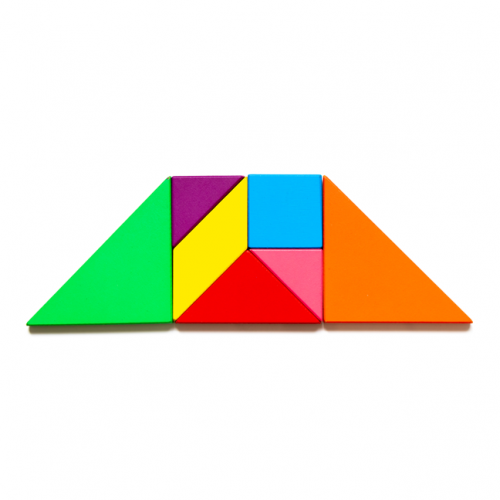
The problems in this feature offer students the chance to investigate geometrical properties, make conjectures and create convincing mathematical proofs.
Many of the problems in this feature include proof sorting activities which challenge students to rearrange statements in order to recreate clear, rigorous proofs. These tasks aim to introduce students to the formality and logic of mathematical proof.
You can watch a recording of the webinar in which we discussed the mathematical thinking which can be prompted by these activities.
Plus magazine has a selection of interesting articles exploring proofs in which pictures play an important role.
Circumference angles
Can you prove the angle properties described by some of the circle theorems?
Cyclic quadrilaterals proof
Can you prove that the opposite angles of cyclic quadrilaterals add to $180^\circ$?
Pentakite
Given a regular pentagon, can you find the distance between two non-adjacent vertices?

Quad in quad
Join the midpoints of a quadrilateral to get a new quadrilateral. What is special about it?
Kite in a square
Can you make sense of the three methods to work out what fraction of the total area is shaded?
The converse of Pythagoras
Can you prove that triangles are right-angled when $a^2+b^2=c^2$?
To swim or to run?
The famous film star Birkhoff Maclane wants to reach her refreshing drink. Should she run around the pool or swim across?
We are very grateful to the Heilbronn Institute for Mathematical Research for their generous support for the development of these resources.
